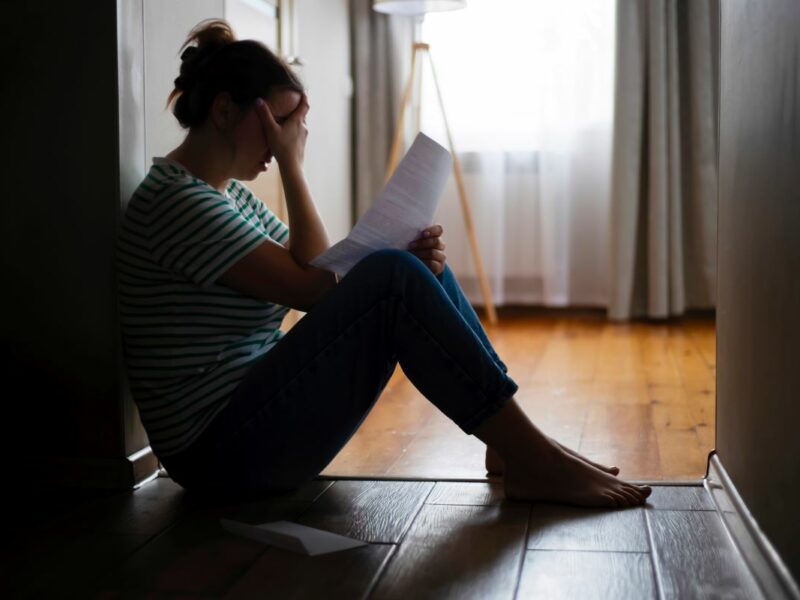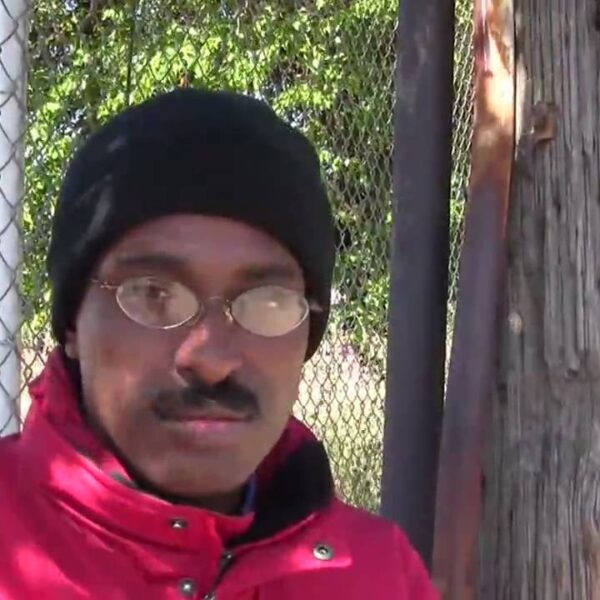Rule has been homeless since the age of 13. He is now 22. Rule has slept outside, in abandoned buildings, on couches, on trains, on buses, and hotel rooms. He says he has experienced every type of homelessness.
It’s no way for a kid to grow up. Rule says homeless youth get pushed into all sorts of things. He knows where he is going. He just doesn’t know how to get there. Rule doesn’t know when his homelessness will end.
Rule says homeless youth get acclimated to a life of homelessness. That over time, you get used to it. No one and especially no child or teenager should have to get used to homelessness.
From that National Network for Youth website:
The vast majority of youth do not become homeless by choice. Many different factors contribute to youth homelessness, but studies suggest that there are common paths to homelessness for young people. The majority of homeless youth have either run away, been kicked out of unstable home environments, abandoned by their families or caregivers, involved with public systems (foster care, juvenile justice, and mental health), or have a history of residential instability and disconnection.
From new research by Chapin Hall at the University of Chicago on understanding and addressing youth homelessness:
1 in 10 young adults ages 18-25 experienced a form of homelessness over a 12-month period.
That’s 3.5 million young adults. About half of them involved explicitly reported homelessness while the other half involved couch surfing only.
1 in 30 youth ages 13-17 experienced a form of homelessness over a 12-month period.
That’s about 700,000 youth. About three-quarters of them involved explicitly reported homelessness (including running away or being kicked out) and one-quarter involved couch surfing only.
If you’ve been following Invisible People you’ve probably heard me share that I often wonder how many homeless youths end up being homeless adults later in life. If we are ever going to end homelessness, we must look at all demographics of homelessness. Over the recent years, the sector has prioritized chronic homeless adults and we have gotten better at “closing the back door.” Although I do support for various reasons getting the most vulnerable off the streets, in many ways we have left the front door wide open.
As we have seen these past few weeks how young adults can affect positive change in ways us adults are not able to, homeless youth need the same opportunities to grow up and make our world a better place. We must make ending youth homelessness and family homelessness just has much of a priority as ending all homelessness!











